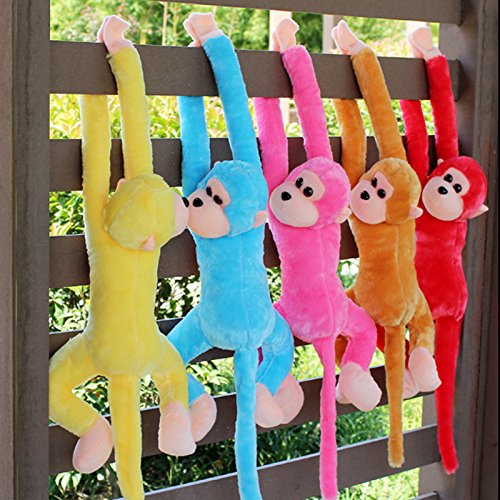Grab your partner and promenade. I can't help but think of this when I hear the word, "Partner".
We often ask our students to partner or pair up for dance, movement, instrument play, and other activities in the music classroom. Some of us have "work buddies" that are permanent or semi-permanent partners and others are more random and allow for student choice each time.
My students are able to self-select and most of the time do a great job with this. Of course I am always aware of who will most likely need help or those that need a different kind of partner - a non-human one. AKA: Works Better Alone.
Here are some things I have learned over the years about partnering:
1. Expect Some Bumps
Expect some issues and be ready with strategies to help THAT group that may not be excited about working together. Know who to watch and who to encourage. Also know who is likely to dominate a conversation and try to influence/push/bully their ideas or thoughts in activities. This is especially important when working on creative ideas - someone will always think their idea is better and will be unable/unwilling to let others voices be heard.
2. Self -Selecting Partners
I train my students from a very early age (Kindergarten) to find a partner "sitting next to them". When my students self select partners, I know if there is an even or uneven number of students ahead of time. I am also looking for the student that may need some help in finding a partner. If an even number of students, everyone will have a partner. If an uneven number of students, I ask ahead of time who would like a buddy from the buddy basket. Depending on the activity and materials, I also allow students who might work better with a non-human partner to get a buddy from the buddy basket.
3. Buddy Basket
Many moons ago I asked parents to donate Beanie Babies. I love using "Beat Buddies" and have several ways I use them. Along with the Beanie Babies came some super special animals and I have found others over the years that have made their way into a special musical basket called the "Buddy Basket". This basket is at eye level and students are able to choose a "buddy" from it.
There are many favorites, including the super soft panda and the silly monkey we call "Kissy Monkey" as he likes to kiss everyone on the neck and arms when he comes out for folk dancing. He has long arms with velcro and is a perfect partner for folk dancing or other movement requiring a partner.
4. The Beauty of Rock/Paper/Scissors
I am fortunate to have enough Orff instruments for each student. My class sizes are small and I have been at my school for 23 years and have built up my instrumentarium and unpitched percussion instruments.
Orff Instruments
Often, and especially the first time we play something, I might want to have less sound and for students to learn from each other so they will partner. Immediately after partnering my students know they will need to rock/paper/scissors.. shoot! We do this for SO MANY THINGS. It solves disagreements about order and other things. Once we have a "person who won" and a "person who did not win", I pick one or the other to go to the instruments and it isn't always the "person who won". Those students select an instrument to play and of course, everyone moves to the back row to play the Basses. If two students are first to get there, they rock/paper/scissors to decide who will stay. It is a quick and effective means of determining who is going to play that particular instrument. There are other rules in place about how often people go to the back row and we are constantly moving between instruments so no one gets the instrument for a long time.
Unpitched Percussion
I have a lot of tambourines but do I want everyone in the classroom to play this instrument all at the same time? No, I don't care to have a headache for the rest of the day. Sometimes too many instruments creates too much sound so we partner. Same process as above with rock/paper/scissors which determines who plays first and who has to wait a turn to play.
5. Use a Rhyme to Switch Between Partners
I have several nonsense rhymes I use to switch partners and my students know when I say, "Intry mintry tribbledy fig, deema dima, doma dig, howdy powdy, noma nouchy, olliga bolliga boo" that it is time to switch. This allows for me to move partners without saying the words, "Please switch" and losing the beat of the song. We move from song and instrument play with first partner to the nonsense poem immediately into the song and instrument play again. Nursery rhymes work perfectly, too, in case you don't want to learn a crazy nonsense rhyme -though it impresses the kids and they are AMAZED at these funny rhymes!
Here's to partnering with positivity!
Hope you enjoyed this post, how do you use partnering in your classroom?













































